
The Musical Staff: Notes and Clefs Explained
If you've ever glanced at sheet music and wondered what all the lines and symbols mean, you're not alone! Understanding the musical staff is essential for anyone wanting to learn and play music. In this article, we will delve into the basics of music notation, focusing particularly on clefs, notes, and their significance in your musical journey. Whether you're a beginner getting ready to play the I Need Thee Every Hour piano arrangement or a seasoned musician brushing up on the fundamentals, this guide is for you.
What is the Musical Staff?
At its core, the musical staff is a set of five horizontal lines and four spaces that represent different pitches. Each line and space corresponds to a specific note, and together they form the foundation of written music. To visualize it, think of the staff as a ladder where each rung represents a note.
The Lines and Spaces
The five lines of the staff from bottom to top are:
- 1st Line: E
- 2nd Line: G
- 3rd Line: B
- 4th Line: D
- 5th Line: F
The four spaces, which sit between the lines, represent the notes:
- 1st Space: F
- 2nd Space: A
- 3rd Space: C
- 4th Space: E
An easy way to remember the notes on the lines is the phrase “Every Good Boy Does Fine,” and for the spaces, it’s simply “FACE.”
Understanding Clefs
Clefs are symbols placed at the beginning of the staff that indicate which notes correspond to the lines and spaces. The most common clefs you will encounter are the treble clef and bass clef. Let’s explore these two types further:
The Treble Clef
The treble clef, also known as the G clef, is used for higher-pitched instruments and voices. When you see a treble clef at the beginning of a staff, the second line from the bottom represents the note G. Instruments like the flute, trumpet, and piano (right hand) typically utilize this clef.
The Bass Clef
On the other hand, the bass clef, or F clef, is used for lower-pitched instruments and voices. When you come across a bass clef, the note on the second line from the top represents F. Common bass-clef instruments include the cello, bass guitar, and piano (left hand).
Other Clefs
In addition to the treble and bass clefs, there are other clefs like the alto clef and tenor clef, but they are less frequently used in popular music. The alto clef is often associated with instruments like the viola, while the tenor clef is used for trombones and some other brass instruments.
Notes and Their Values
Notes are the symbols that indicate sound. Each note has a specific duration, which tells you how long to hold it. Below, we will discuss the most common note types:
Whole Notes
A whole note is represented by an open note head and is held for four beats. Consider it the duration of a full measure in common time.
Half Notes
A half note also has an open note head but includes a stem. It lasts for two beats, meaning you can fit two half notes in a single measure.
Quarter Notes
Quarter notes are solid note heads with stems. Each quarter note lasts for one beat, allowing you to fit four of them in a measure.
Other Notes
There are also eighth notes, sixteenth notes, and more, all of which work similarly but divide the beat into smaller parts. Understanding these note values is crucial for playing pieces like the I Need Thee Every Hour piano arrangement, where rhythm plays a vital role.
Rests: The Spaces in Music
Just as notes represent sound, rests indicate silence. Each type of rest corresponds to the duration of notes. Here are the most common rests:
Whole Rest
A whole rest looks like an upside-down hat and indicates four beats of silence.
Half Rest
A half rest appears like a hat on the staff and denotes two beats of silence.
Quarter Rest
The quarter rest has a zig-zag shape, indicating one beat of silence.
Time Signatures: The Framework of Music
The time signature tells you how many beats are in each measure and which note value counts as one beat. The most common time signature is 4/4, indicating four beats per measure with the quarter note receiving one beat.
Understanding Time Signatures
For example, in a piece with a 3/4 time signature, there are three beats per measure, and the quarter note gets the beat. This signature is often found in waltzes, where the rhythm creates a lilting dance feel.
Key Signatures: The Heart of Music
Next up is the key signature, which indicates the key of the piece you’re playing. It tells you which notes will be sharp or flat throughout the music. Key signatures are placed at the beginning of the staff right after the clef and before the time signature.
Sharps and Flats
Sharps (♯) raise a note by a half step, while flats (♭) lower a note by a half step. This system gives music its unique tonal character. For example, a piece in the key of G major will have one sharp (F♯), while one in D major will have two sharps (F♯ and C♯).
Putting It All Together: Reading Sheet Music
Now that we’ve covered the basics of the musical staff, clefs, notes, and rhythm values, you're ready to start reading sheet music. Here are a few tips to get you started:
- Start with simple pieces. Choose songs with fewer notes and straightforward rhythms.
- Practice regularly. Like any skill, reading music takes time and patience.
- Use online resources and apps to help you practice. There are several excellent tools available for musicians at any level.
- Learn pieces that you love, such as the I Need Thee Every Hour piano arrangement, to keep your practice engaging.
Enhancing Your Music Learning Experience
Studying music theory alongside practical playing can significantly enhance your musicality. Understanding the structure behind the notes you play allows you deeper insights into music creation and improvisation. Joining a music group or taking lessons can also provide incredible feedback and community.
Your Musical Journey Awaits!
Understanding the musical staff, notes, clefs, and other components is the first step in your musical voyage. With this foundation, you're well on your way to exploring the many delightful tunes available, including pieces like the I Need Thee Every Hour piano arrangement. So get your instrument, start practicing, and enjoy the music. There's a whole world of sound waiting for you!
Silent Night Free Sheet Music Canon | Easy Organ Arrangement for Christmas
Away in a Manger Intermediate Piano Solo
Christ the Lord is Risen Today Fanfare | Easter Organ Sheet Music. For Organ, Choir or Congregation
Come Thou Fount of Every Blessing Organ Solo – A Powerful and Timeless Arrangement
View Comments
Leave a Comment
No comments

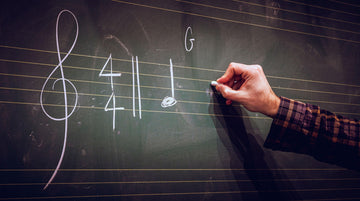


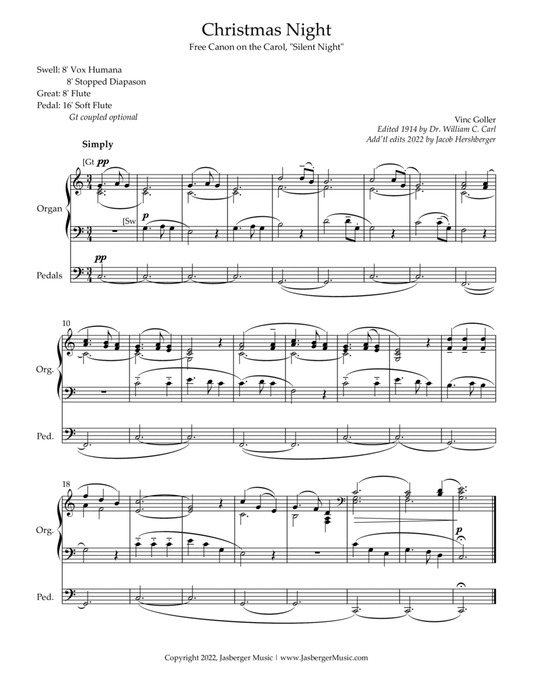
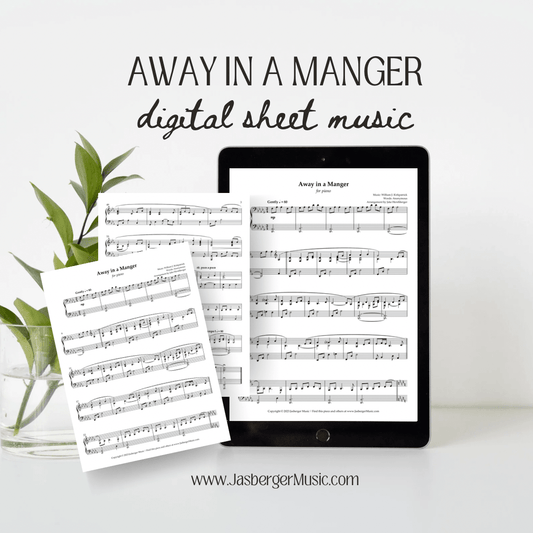

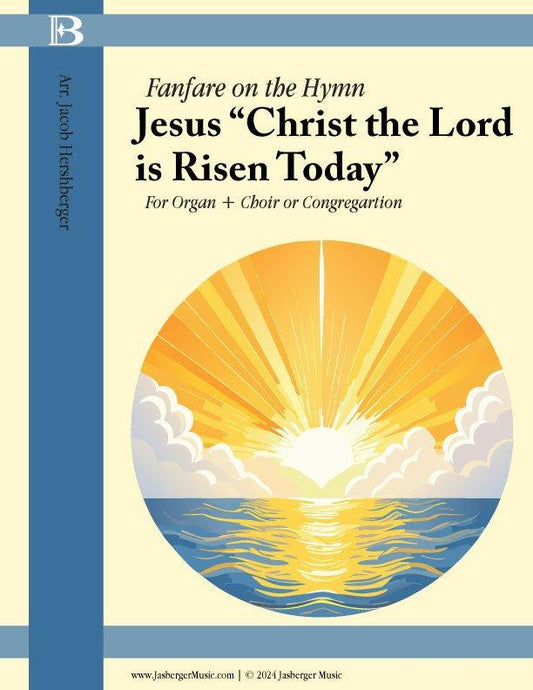
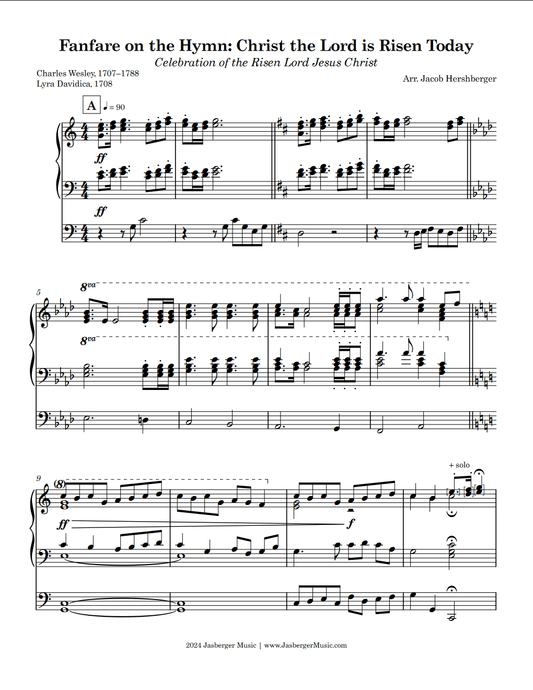
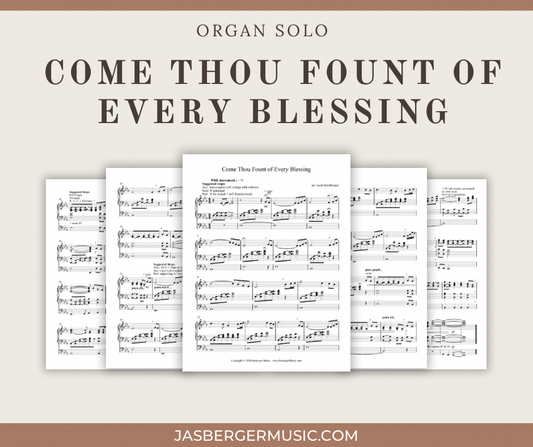
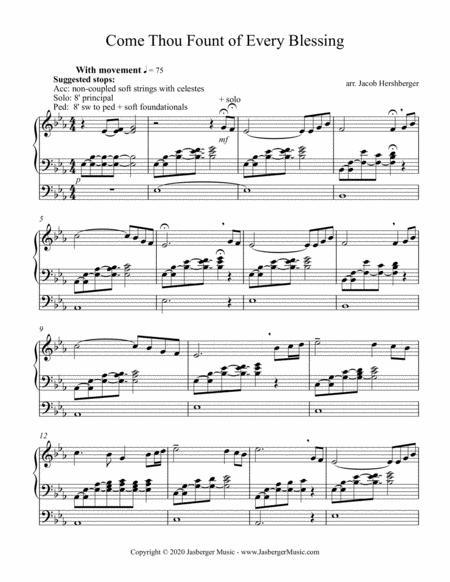

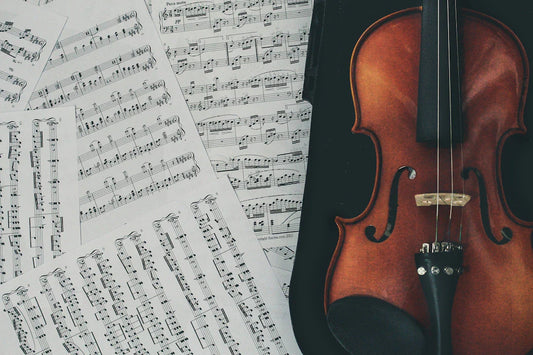
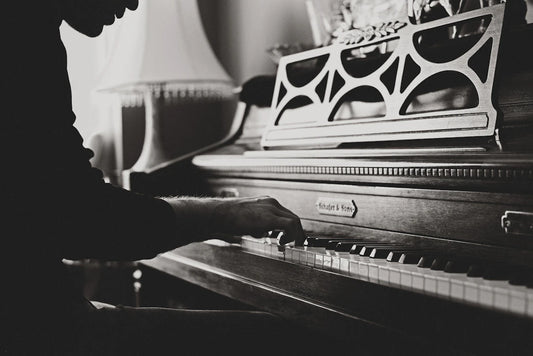
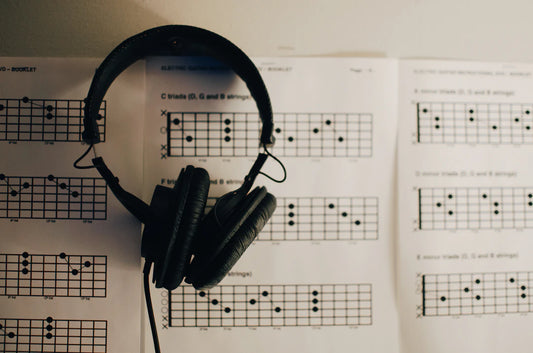
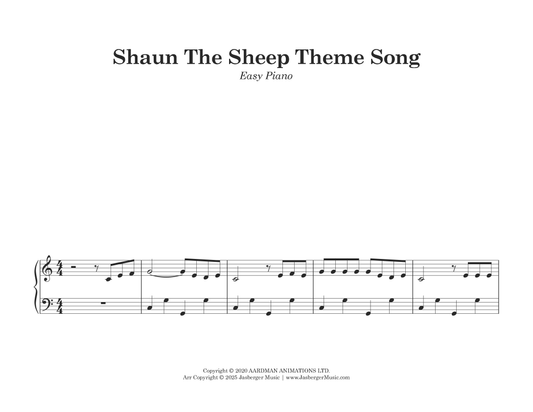
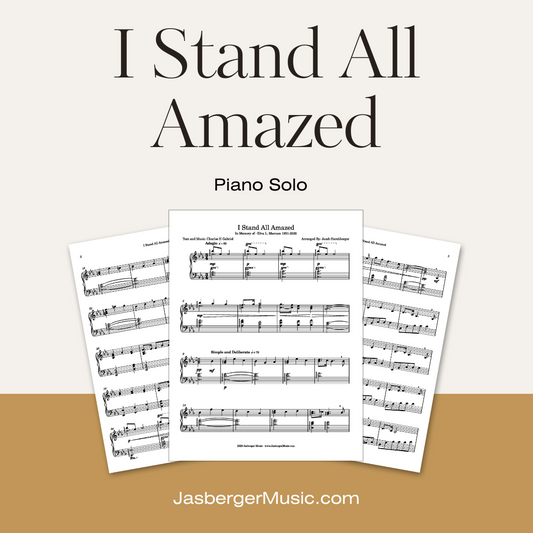
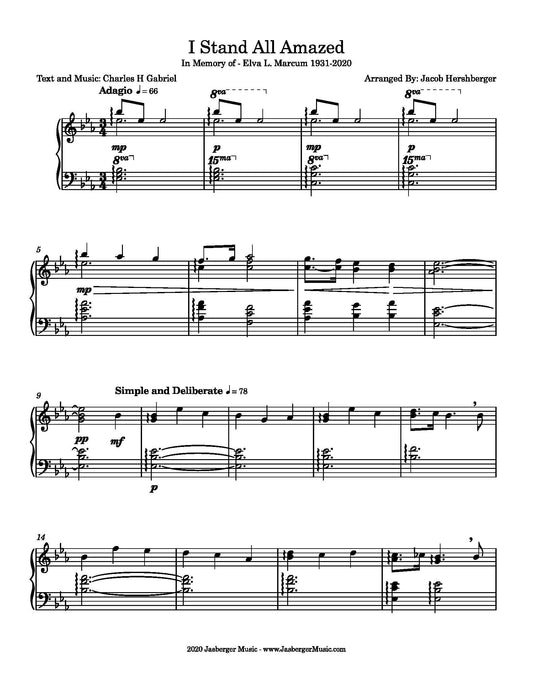
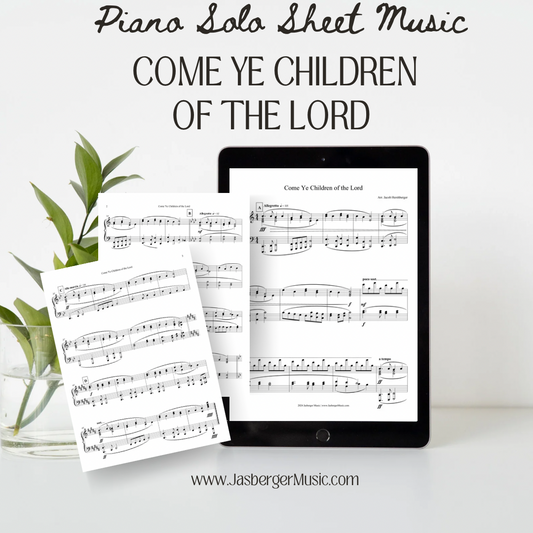
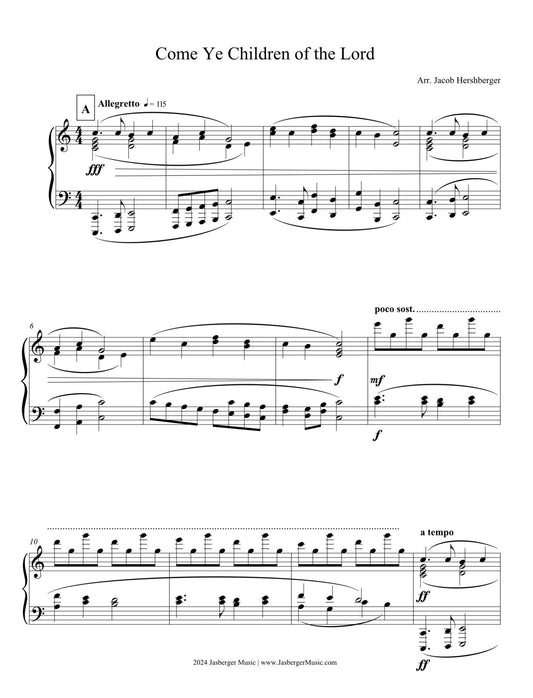
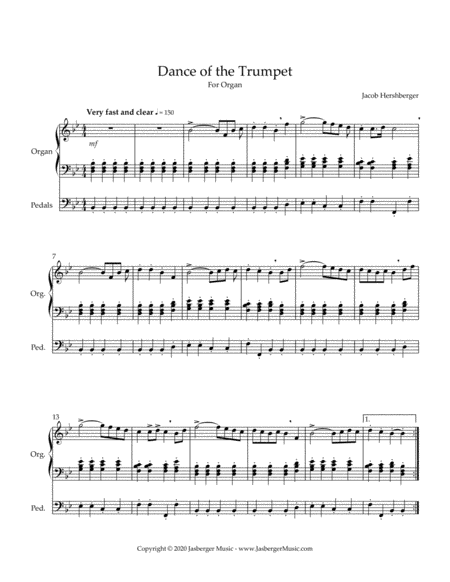
comments